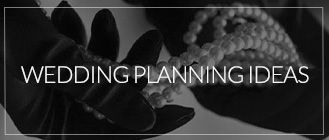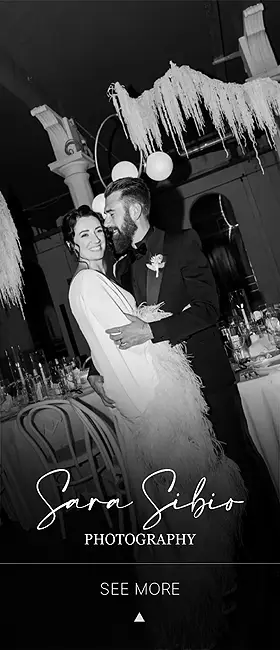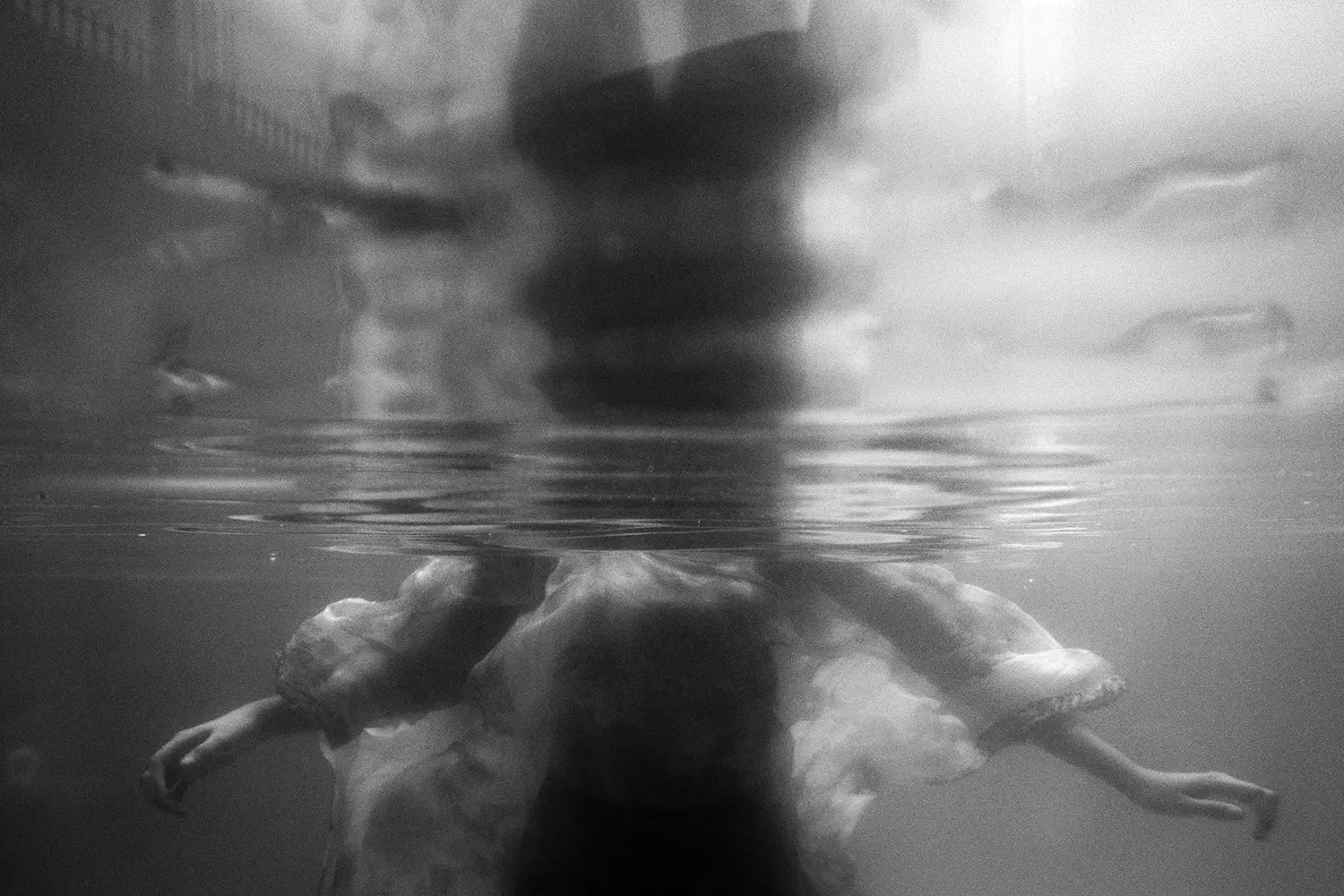Have you ever found yourself stuck in a relationship filled with blame, guilt, and constant emotional ups and downs? If so, you might be unknowingly caught in Karpman’s Drama Triangle—a psychological model that explains unhealthy relationship dynamics. Toxic relationships often follow predictable patterns where people play the roles of Victim, Persecutor, and Rescuer.
Understanding Karpman’s Triangle can help you recognize these destructive cycles and, more importantly, break free from them. In this article, we’ll explore how the Drama Triangle operates in toxic relationships, why people fall into these roles, and most importantly, how to escape this damaging pattern and build healthier relationships.
What is Karpman’s Drama Triangle?
Developed by psychologist Stephen Karpman in 1968, the Drama Triangle is a psychological model that describes dysfunctional relationship patterns. It highlights how people switch between three toxic roles:
- The Victim – Feels powerless, seeks pity, and often avoids responsibility.
- The Persecutor – Blames, criticizes, and dominates others to maintain control.
- The Rescuer – Tries to "save" others, but ends up enabling unhealthy behaviors.
.webp)
These roles create a cycle of emotional manipulation that keeps individuals trapped in toxic interactions. The key issue? No one in the triangle takes real responsibility for their emotions or actions. And most often, these people are unaware that they are in a toxic relationship pattern, and their behavior can be divided into the following roles. Therefore, getting out of the drama triangle can be difficult.
How the Drama Triangle Works in Toxic Relationships
In a toxic relationship, the Drama Triangle plays out repeatedly, keeping both partners stuck in unhealthy roles. A Victim may complain about their problems but refuse solutions, reinforcing their helplessness because they don't realize they have the right to decide for themselves over their own life. A Rescuer might offer constant help, but this enables the Victim to stay dependent. A Persecutor may blame and criticize, keeping others in a state of fear or guilt.
The roles are not fixed, meaning people shift between them. A Rescuer can become a Persecutor when their help is rejected, and a Victim may lash out, becoming a Persecutor. This constant role-switching fuels toxicity and prevents genuine resolution.
.webp)
Is the Drama Triangle only for romantic relationships? No, it applies to friendships, family, workplace interactions, and even social groups. Any relationship can become toxic if these roles are constantly in play.
Why Do People Fall Into the Drama Triangle?
Emotional Conditioning and Childhood Patterns
Many people unconsciously repeat the family dynamics they experienced growing up. If someone was raised in a household where blame, guilt, or enabling behaviors were common, they might recreate these patterns in adult relationships.
Fear of Confrontation
Playing a role in the Drama Triangle can feel safer than addressing underlying relationship issues. Avoiding direct conflict might seem easier than setting boundaries or expressing real emotions.
.webp)
Unmet Emotional Needs
Each role fulfills a psychological need:
- Victims seek attention and emotional validation.
- Rescuers find self-worth in fixing others.
- Persecutors gain a sense of power and control over situations.
Unfortunately, these roles only provide temporary relief while reinforcing negative cycles.
Breaking Free from Toxic Relationship Patterns
Recognize the Drama Triangle in Your Life
The first step is awareness. Reflect on your relationships—do you often feel like a helpless Victim, an overburdened Rescuer, or a critical Persecutor? Identifying your default role can help you start making changes. Recognizing and acknowledging yourself in one of these roles is a challenging task. It often happens in a psychologist's cabinet and is like a new discovery for us.
.webp)
Set Clear Boundaries
Toxic relationships thrive on blurred boundaries. To break the cycle, it is essential to learn to say “no” without guilt, express needs honestly, and recognize when to walk away.
Stop Seeking External Validation
One reason people get trapped in the Drama Triangle is seeking approval from others. True self-worth comes from within, not from playing a role in someone else's emotional drama.
Seek Professional Support
If you find yourself repeatedly falling into toxic patterns, therapy or coaching can provide the tools needed to heal. A professional can help you unlearn destructive habits and develop healthier relationship strategies.
.webp)
Shift to the Empowerment Triangle
Instead of playing toxic roles, David Emerald’s Empowerment Triangle offers healthier alternatives:
|
Drama Triangle Role
|
Empowerment Triangle Role
|
|
Victim → Feels helpless
|
Creator → Takes responsibility for solutions
|
|
Persecutor → Controls, criticizes
|
Challenger → Encourages growth with honesty
|
|
Rescuer → Overhelps, enables
|
Coach → Supports without enabling
|
David Emerald’s Empowerment Triangle offers an alternative—a healthier way to engage with others that fosters personal growth, responsibility, and mutual support. Instead of toxic drama, this model helps people become more intentional in their interactions, creating relationships based on empowerment rather than dysfunction.
.webp)
The Empowerment Triangle, also known as The Empowerment Dynamic, or TED, is a solution-based approach to relationships and personal development. Instead of engaging in blame, control, or dependency, people in the Empowerment Triangle take ownership of their actions and emotions, leading to growth and mutual respect in relationships.
By shifting from drama to empowerment, relationships become healthier, more balanced, and based on real connection rather than dysfunction.
The Victim role in the Drama Triangle is characterized by helplessness—believing that life happens to them and that they have no control over their circumstances.
Transformation: Instead of feeling powerless, a Creator takes control of their choices. They ask, “What can I do to improve this situation?” rather than waiting for someone else to save them.
Key Actions of a Creator:
- Takes responsibility for their actions and emotions.
- Seeks solutions rather than dwelling on problems.
- Focuses on personal growth and goal-setting.
- Develops resilience instead of blaming external factors.
Instead of saying, “My job is terrible, and I’m stuck here,” a Creator says, “I can learn new skills or look for a better opportunity.”
.webp)
The Persecutor role in the Drama Triangle thrives on control, criticism, and blame. They often dominate others through aggression or passive-aggressive behavior.
Transformation: A Challenger still holds others accountable but in a way that promotes growth rather than fear. They push people to improve, but with respect and encouragement.
Key Actions of a Challenger:
- Encourages self-improvement rather than attacking.
- Holds others accountable without shaming or controlling them.
- Offers constructive feedback instead of destructive criticism.
- Promotes healthy conflict resolution instead of power struggles.
Example: Instead of saying, “You never do anything right!” a Challenger says, “I know you’re capable of more—how can you improve this?”
.webp)
The Rescuer role in the Drama Triangle stems from over-helping others to the point of enabling them. While it may seem caring, it prevents the other person from taking responsibility for themselves.
Transformation: A Coach supports and guides, but doesn’t take over someone else’s problems. They believe in others' abilities to grow and ask empowering questions rather than jumping in to "fix" everything.
Key Actions of a Coach:
- Provides support without enabling.
- Encourages independence in problem-solving.
- Asks guiding questions like, “What do you think is the best solution?”
- Helps others develop confidence in their abilities.
Example: Instead of saying, “I’ll fix this for you,” a Coach says, “I believe in you—what do you think is the best next step?”
By shifting your mindset, you break free from manipulation and start building healthier, more balanced relationships. You will quickly recognize unhealthy patterns in others and prevent drama from entering your life.
.webp)
Toxic relationships often follow predictable patterns, and Karpman’s Drama Triangle helps us understand these unhealthy dynamics. Whether you see yourself as a Victim, Persecutor, or Rescuer, recognizing these roles is the first step toward change.
By shifting toward self-awareness, accountability, and healthier relationship dynamics, you can break free from toxic cycles and cultivate relationships based on mutual respect and emotional well-being. You will succeed!
Author: Ieva Simanoviča







.webp)
.webp)
.webp)
.webp)
.webp)
.webp)
.webp)
.webp)
.webp)





